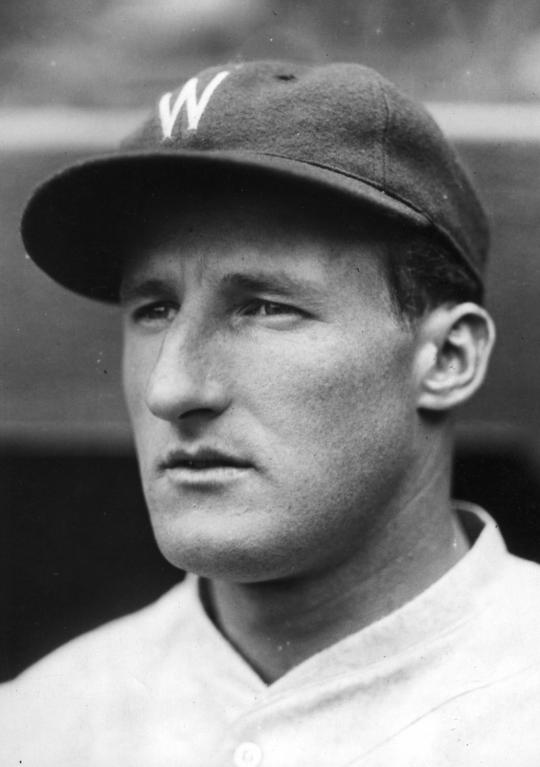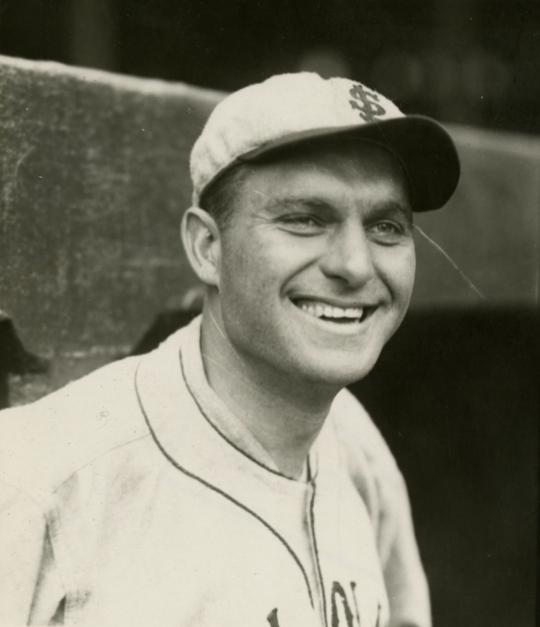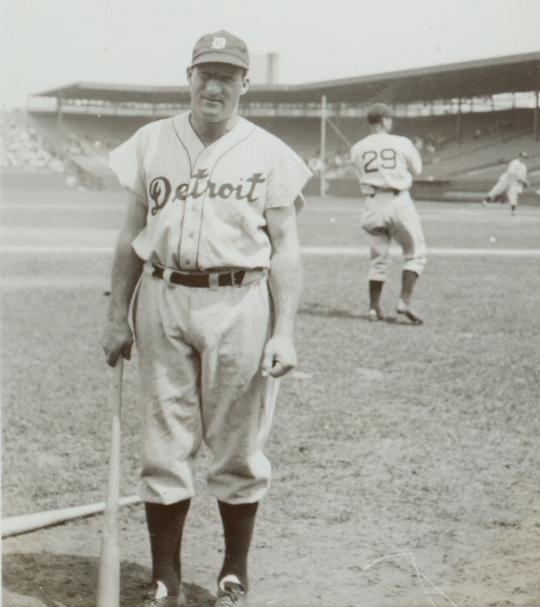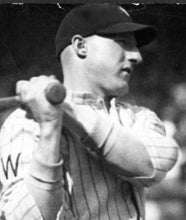- Home
- Our Stories
- Future Hall of Famers Goslin, Manush traded for each other
Future Hall of Famers Goslin, Manush traded for each other
In 1930, Goose Goslin and Heinie Manush were in the midst of careers that would take them to the Hall of Fame. But as summer dawned in Washington and St. Louis, a rare Hall of Famer-for-Hall of Famer trade was engineered by the Senators and Browns – as each team hoped to improve its fortunes.
On June 13, 1930, the Senators sent Goslin to the Browns in exchange for Manush and pitcher Alvin “General” Crowder.
The 29-year-old Goslin had been with the Senators for 10 seasons and has established himself as one of the American League’s top run producers. He had driven in at least 100 runs in five seasons (and finishing another season with 99 RBI) and had won the 1928 batting title with a .379 average. But he slumped to just .288 with 91 RBI in 1929.
“I could always swing that bat real quick, just natural,” Goslin said. “Never had to train or practice a whole lot. Good eyes, quick reflexes, strong arms – oh, did I ever love to get up there and hit!”
Hall of Fame Membership
There is no simpler, and more essential, way to demonstrate your support than to sign on as a Museum Member.
Manush’s career paralleled Goslin’s. Manush broke in with the Tigers in 1923, and by 1926 he was the AL batting champion with a .378 average. He was traded to the Browns prior to the 1928 season, and with St. Louis in 1928 he pounded out a league-high 241 hits to go along with 108 RBI.
“Heinie looks like a ball player,” said writer Charlie Parker. “And insofar as the attack is concerned, his looks are supported by an inspiring record.”
But with the Browns at 20-30 following play on June 12, 1930, the team made the move to acquire Goslin to bolster its attack. In surrendering Crowder as well, the Browns gave up a former 20-game winner who would become the stalwart of the Senators’ staff for the next four years.
Manush finished the season with Washington with a combined average of .350 and 94 RBI, while Goslin was re-energized with the Browns, hitting 30 homers and driving in 100 runs in just 101 games with St. Louis.
Heinie Manush began his big league career with the Tigers before being traded to the Browns prior to the 1928 season. On June 13, 1930, the Browns traded Manush to the Senators in exchange for another future Hall of Famer: Goose Goslin. (Charles M. Conlon/National Baseball Hall of Fame and Museum)
Share this image:
After two more 100-RBI seasons with the Browns, St. Louis sent Goslin back to the Senators in a six-player trade prior to the 1933 season. Goslin, Manush and Crowder then led the Senators to their final American League pennant, as Washington won 99 games that year before falling to the Giants in the World Series.
Goslin was traded to the Tigers following the 1933 season, and went on to post three more 100-RBI seasons – giving him 12 for his career – before retiring following the 1938 season. He was elected to the Hall of Fame in 1968.
Manush led the AL with 221 hits and 17 triples in 1933, then was named to the All-Star team in 1934 after hitting .349. He played for the Red Sox, Dodgers and Pirates during his last five seasons, retiring after the 1939 season. He was elected to the Hall of Fame in 1964.
Craig Muder is the director of communications for the National Baseball Hall of Fame and Museum
Related Stories

Goslin’s walk-off clinches Tigers’ first title
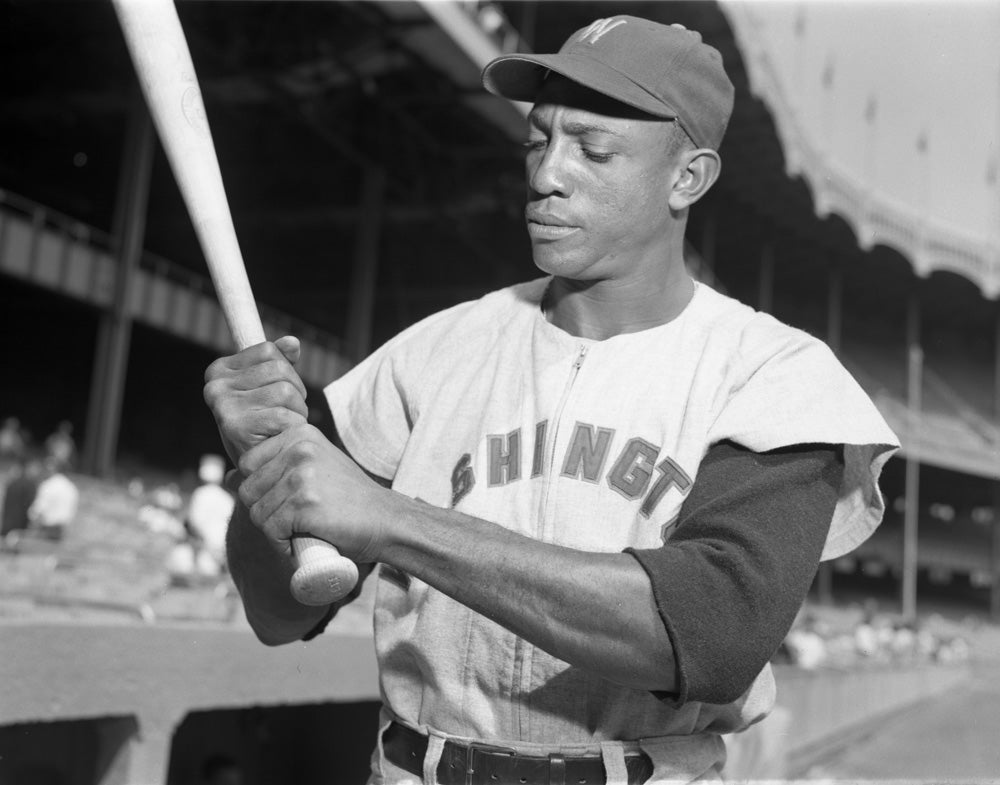
#GoingDeep: Carlos Paula, the man who integrated the Washington Senators

Tigers move first baseman Hank Greenberg to the outfield

Goslin’s walk-off clinches Tigers’ first title

#GoingDeep: Carlos Paula, the man who integrated the Washington Senators


